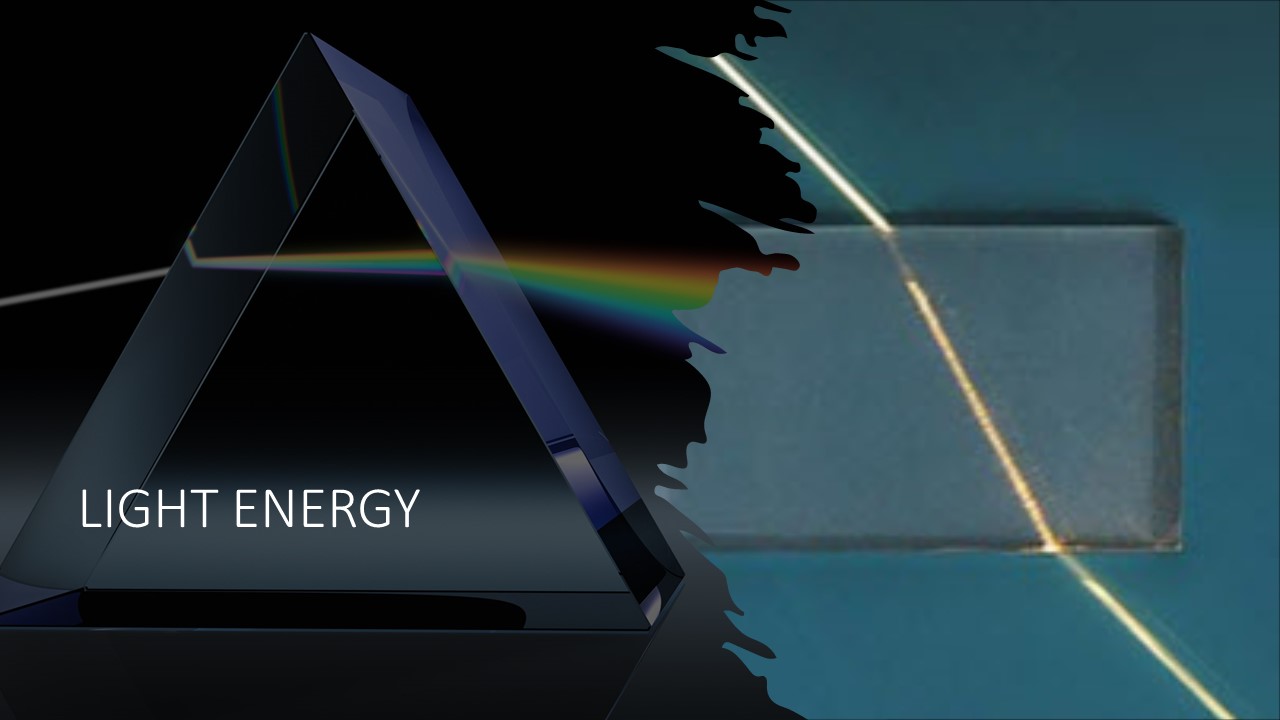STD VIII – LIGHT ENERGY (Online)
About Course
In this section will learn the following chapters:
1.Refraction of Light
2.Ray Diagrams
3.Spectrum
Last Updated:March 22, 2022
0 (0 Ratings)
Share Course
Page Link
Share on social media

Description
Refraction of Light.
When light passes through a transparent material like glass, it often bends and comes out in a slightly different place. This is called refraction.
For example, your spectacles that help with reading or seeing far-off objects work on this principle.
Refraction is also commonly seen in prisms. You can see light splitting and emerge out in its basic colours, Violet, Indigo, Blue, Green, Yellow, Orange and Red (VIBGYOR).
The most common occurrence of refraction in nature you must have seen is the appearance of a rainbow after during or after rain; especially when sunlight is also visible during the rain. Sunlight passes through tiny water droplets in the atmosphere. The tiny water droplets appear as one giant prism and when light passes through them, a rainbow is formed.
Curved Mirror
A curved mirror is a mirror with a curved reflecting surface. The surface may be either convex or concave. Most curved mirrors have surfaces that are shaped like part of a sphere, but other shapes are sometimes used in optical devices.
Ray Diagrams:
What are Lenses
A transparent material bound by two surfaces, of which one or both surfaces are spherical, forms a lens. The two types of lenses are:
Convex lens or converging lens converges light rays.
Concave lens or diverging lens diverges light rays.
Important Terms
Centre of Curvature | Principal Axis | Optical Centre | Aperture | Focal Length
Spectrum
A spectrum is a condition that is not limited to a specific set of values but can vary, without steps, across a continuum. The word was first used scientifically in optics to describe the rainbow of colors in visible light after passing through a prism.
Free
Free
Free access this course
-
LevelIntermediate
-
Last UpdatedMarch 22, 2022
-
CertificateYes
Hi, Welcome back!
Material Includes
-
Live Interactive classes with in-class doubt solving
-
Weekly Test and Quiz with instant tracking for progress
-
Revision of the course after testing
-
Fortnightly Parents and Tutor interactions
-
Expert monitoring of student's learning progress
-
Daily communication over call, whatsapp and mail
-
3 hours on-demand video
-
4 downloadable resources
-
Access for entire Academic Year
-
Access on mobile and Desktop
-
Assignments and review of the same
-
Tests and Correction by Board paper checkers
-
Certificate of completion and Live tracking with Grade book
Course Duration:
0
Course level:Intermediate
Enrolled:0
About Course
In this section will learn the following chapters:
1.Refraction of Light
2.Ray Diagrams
3.Spectrum
Course Curriculum
REFRACTION OF LIGHT THROUGH PLANE SURFACES
-
21:23
-
10:27
-
04:44
-
19:34
-
20:10
-
12:46
-
19:57
-
03:09
-
03:10
-
08:37
-
02:22
-
16:52
-
10:21
-
07:34
-
00:46
-
06:03
-
01:13
SPHERICAL MIRRORS
-
04:01
-
01:16
-
00:38
-
02:19
-
17:58
-
03:10
-
03:09
-
03:09
-
01:26
Student Ratings & Reviews

No Review Yet

